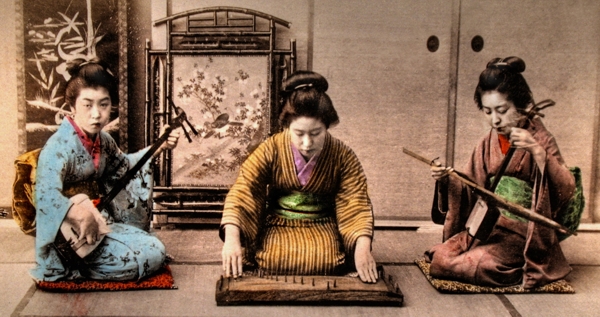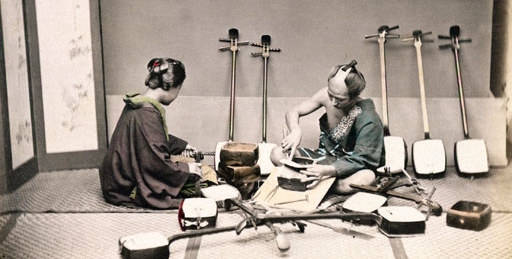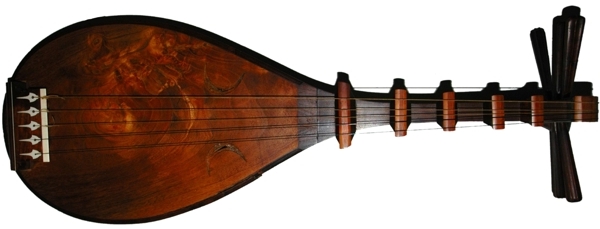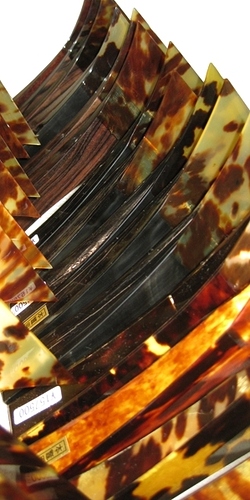History of the Shamisen
(Taken from the book Shamisen of Japan)
This is a brief, rudimentary history of the shamisen which will, at the very least, allow you to sound smart at a drunk party.

The shamisen had many forms before it arrived to Japan, though it’s unclear where it originated from. It is said that a three stringed lute arrived in China during the later years of the Yuan Dynasty (1271-1368). This instrument is called the sanxian. While there are differences, it is still very similar to the shamisen to know that China was where it came from. (Plus, it’s also clear from historical record that it was imported from China to Japan, so you can’t argue with that.)

Trade flourished between China and the Ryukyu kingdom (Okinawa). Many instruments were brought over, including their sanxian, now called the Okinawan Sanshin. It is said to have been brought over by merchants from Fukien in 1392, a time when there was considerable immigration from southern China.

Now we come to it’s arrival to Japan. It’s generally said that the sanshin came to Japan in 1562, in the city of Sakai (a port city south of Osaka). It’s assumed to have come from Okinawa, though with all the trade that was happening with China, direct importation was by no means out of the question. There probably were Chinese sanxian in Japan before 1562, but not in significant enough numbers to start anything. The Okinawan sanshin is what caused the shamisen to be taken up by the Japanese.

Soon after, biwa players took up the sanshin (now called the shamisen) so they could be better heard on the street. And being the first players of the instrument in Japan, they could do what they wanted with it! And do they did.

Being the new builders of the instrument (most likely), they adapted the sanshin to match the biwa’s features: A more curved pegbox and the can’t-live-without-it buzzing sawari. Also, the neck was lengthened and the body was made larger and more square, so it would rest better on the lap.

Another considerable change was the plectrum. The Okinawan sanshin’s plectrum was a slender cone of water buffalo horn, worn over the index finger. However, biwa players favored their biwa’s plectrum, which was triangularly shaped. It’s thought that the switch to the biwa’s plectrum spurred the use of sturdier cat or dog skin, rather than python.

Over time, their plectrum evolved into the current shape, which is often mistaken by my friends as a glorified putty knife.
Anyway, it finally became the shamisen! From here on out, slight changes to the size and thickness of the shamisen have been made to accommodate different styles of shamisen playing.


